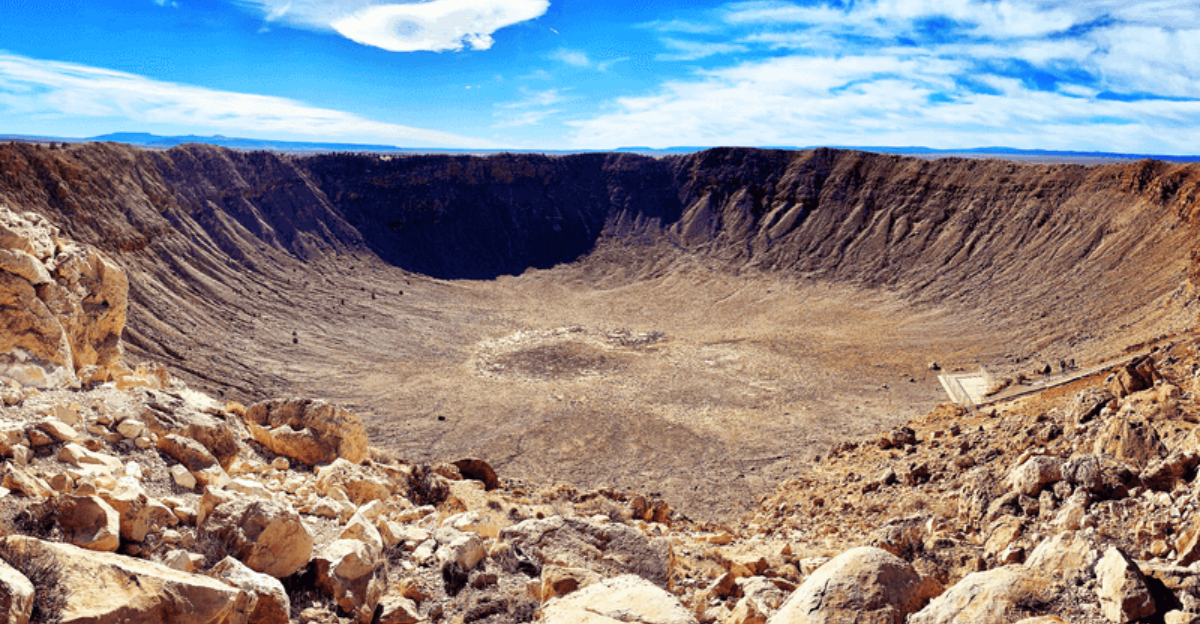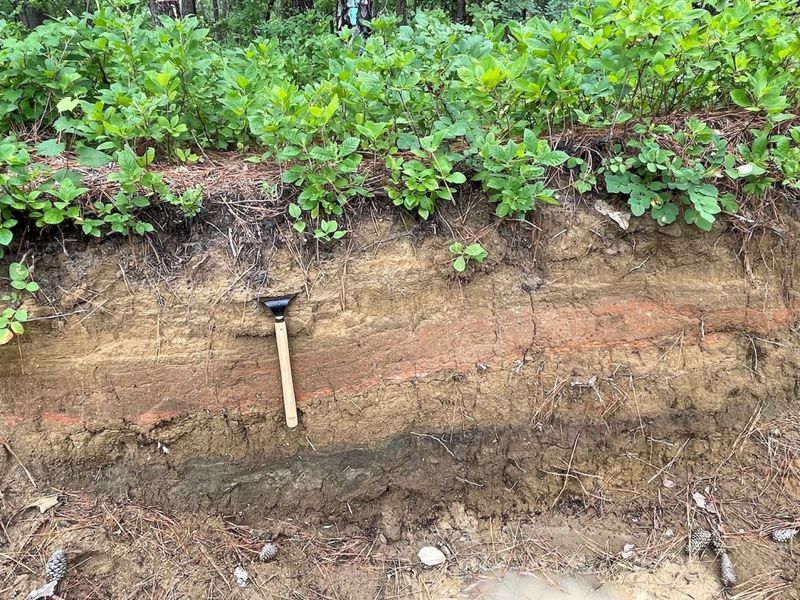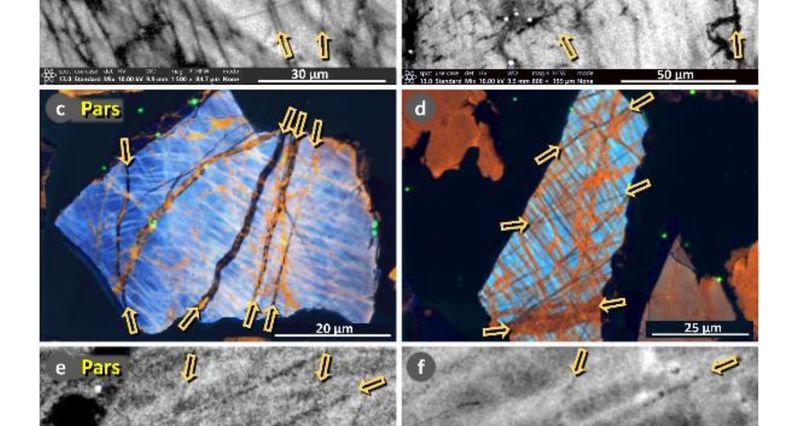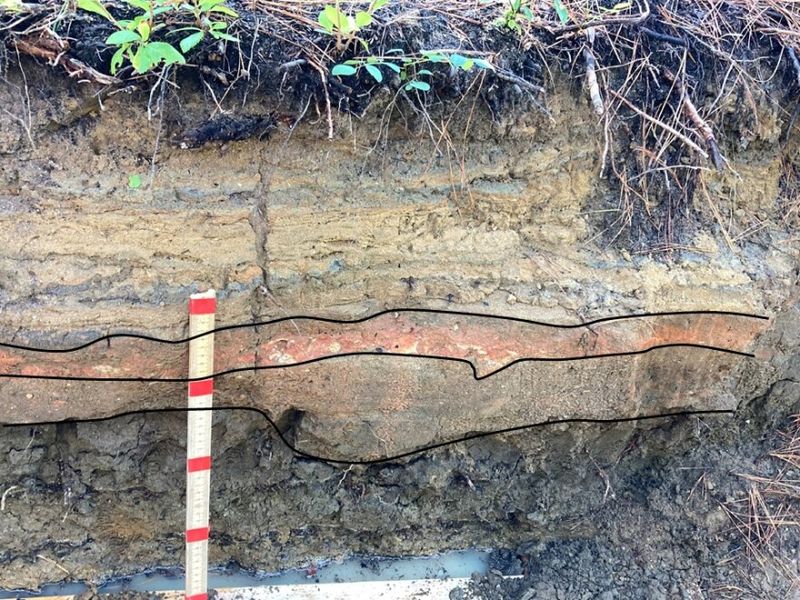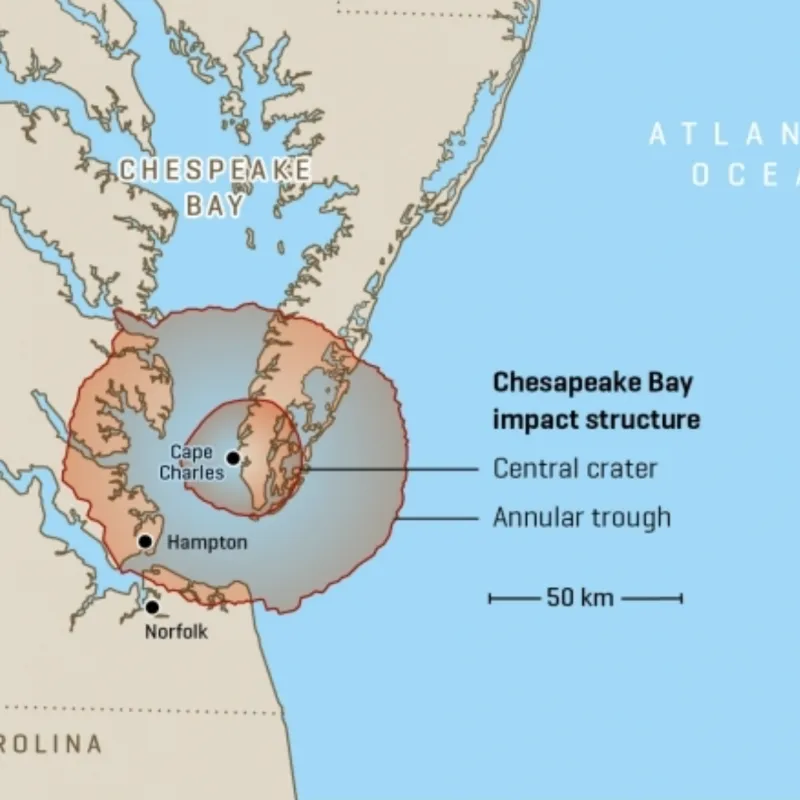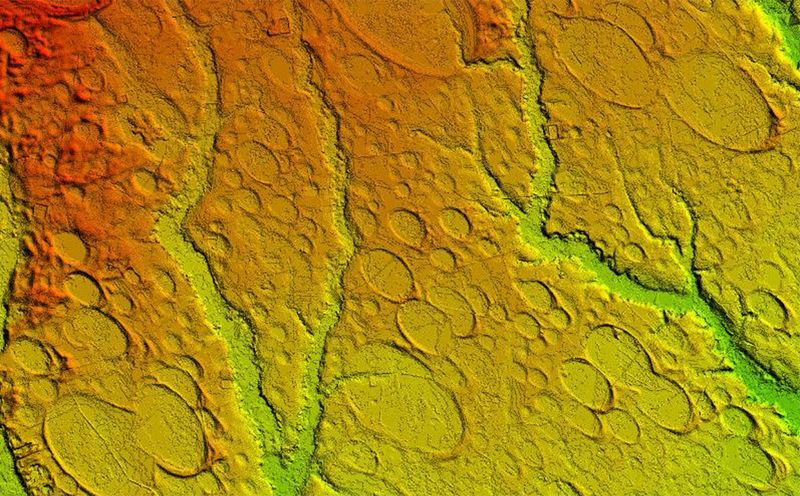Beneath North Carolina’s rolling hills lies evidence of a cosmic event that changed the landscape millions of years ago. Scientists have discovered geological formations pointing to an ancient extraterrestrial impact that sent tsunamis crashing inland and scattered space debris across the region. These findings are rewriting our understanding of North Carolina’s past and revealing how cosmic events have shaped our planet’s history.
Shocking Discovery in Moore County
Buried within the serene Sandhills of Moore County, geologists stumbled upon a yard-thick layer of sediment that doesn’t belong. The distinctive layers contain glassy fragments, shocked minerals, and jumbled materials that only form under extreme pressure – the kind created when something from space slams into Earth at cosmic speeds.
Dating places this violent event around 35 million years ago, during the late Eocene epoch. Back then, North Carolina’s coastline sat much farther inland, making this site a prime recorder of the catastrophe.
The Paint Hill excavation site has become ground zero for understanding this ancient disaster. Researchers meticulously scrape through time, uncovering a moment when the sky fell and the earth trembled, preserving a cosmic calling card that waited millions of years to be found.
Telltale Signs From Space
Sprinkled throughout the impact layers are microscopic treasures that only come from beyond our atmosphere. Tiny spherules of melted rock, shocked quartz crystals with distinctive fracture patterns, and elevated levels of iridium – an element rare on Earth but common in asteroids – create an unmistakable extraterrestrial signature.
These cosmic fingerprints match those found at other impact sites worldwide. When meteorites strike Earth at tremendous speeds, they vaporize on contact, sending a plume of superheated material skyward that eventually rains back down across vast areas.
Geochemical analysis reveals the composition matches material from the Chesapeake Bay impact crater. This connection helps scientists piece together how far the effects of that massive collision reached, creating a geological domino effect that forever changed the Carolina landscape.
Tsunami Waves Frozen in Time
Among the most dramatic evidence lies in a chaotic layer filled with ripped-up soil clumps and marine fossils hurled far inland. This jumbled mess tells the story of massive tsunami waves that surged across the ancient Carolina coastline following the impact.
Computer models suggest waves reaching heights of over 300 feet crashed into what is now the Sandhills region. The tsunami’s backwash dragged terrestrial material out to sea while depositing marine sediments far inland, creating the distinctive mixed-up layer scientists now study.
Remarkably preserved within this watery time capsule are ancient shells and plant materials that shouldn’t exist together. Their unlikely partnership provides a snapshot of the moment when ocean met land in a catastrophic embrace, preserving evidence of one terrible day 35 million years in the past.
Connection to the Chesapeake Bay Crater
The cosmic puzzle pieces align perfectly between North Carolina’s evidence and a massive crater lurking beneath Chesapeake Bay. When an asteroid or comet estimated at 2-3 miles wide struck near present-day Virginia, it blasted a crater 53 miles wide and triggered environmental havoc across the region.
Radiometric dating places both events at precisely the same time – 35 million years ago. The North Carolina deposits represent the southern extent of this catastrophe’s reach, showing how far the impact’s effects traveled.
Like ripples in a pond, the energy from that ancient impact propagated outward in all directions. By mapping these geological ripples across multiple states, scientists can reconstruct the full story of this cosmic collision that reshaped eastern North America and left its mark in North Carolina’s geological memory.
Rewriting Earth’s Violent History
The North Carolina discovery adds a crucial chapter to Earth’s cosmic collision record. Before finding these deposits, scientists had limited evidence of how far the Chesapeake impact’s effects reached inland. Now, the geological story expands dramatically southward.
This research carries implications far beyond academic curiosity. Understanding ancient impacts helps scientists predict what might happen if a similar event occurred today. The Chesapeake impactor was relatively modest compared to the dinosaur-killing asteroid, yet its effects reached hundreds of miles inland.
Perhaps most fascinating is how this discovery happened in plain sight. The evidence lay hidden in ordinary-looking hills until geologists with the right knowledge recognized the extraterrestrial calling card. Who knows what other cosmic secrets might be buried beneath our feet, waiting for sharp-eyed scientists to uncover Earth’s violent encounters with space?
